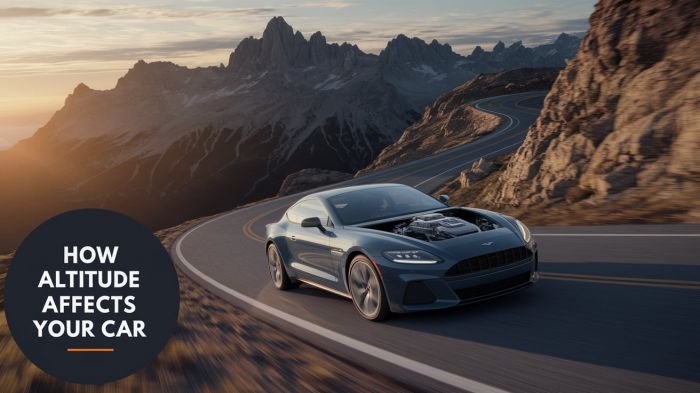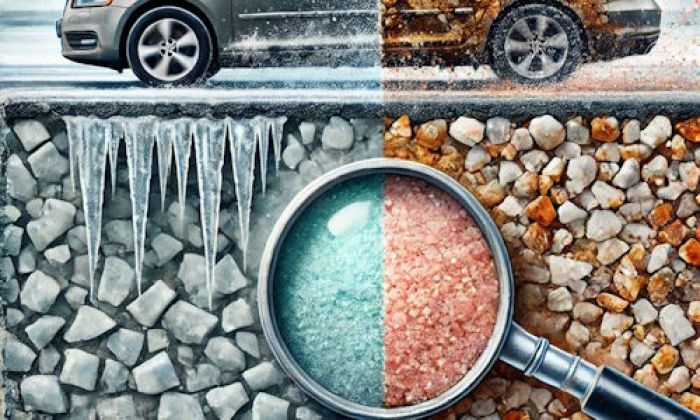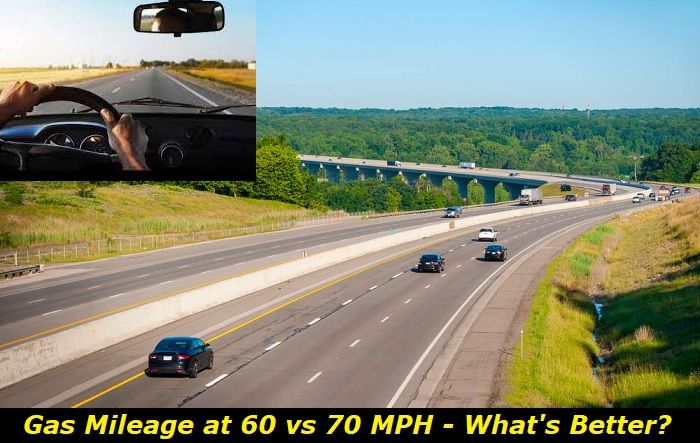Getting a Blueprint Engine is any car owner's dream. For car enthusiasts, there's nothing like driving a vintage or classic car with incredible horsepower. Imagine riding a beast that always steals the show and performs like no other. It is like you are driving at the best time of your life.
Engine swap highlights
- Commonreasons:more power, death of the original engine
- Average prices:$1,500 - $7,500
- Average waiting time:10 - 18 days
- Common problems:additional upgrades, higher costs, finding proper engine
- DIY mods:impossible, in this case
- Level of satisfaction:medium

What Do You Need to Know About Blueprint Engines?
Blueprint Engines is the brainchild of Norris Marshall. Its humble beginnings started from a hobby. He made crate engines for his friends until racers in drag racing and track racing noticed the quality of the engines he built.
1) Assembly
Blueprint Engines comes with fully-assembled drop-in engines ready to install and can be delivered to your doorstep. The crate engine maker designs for known cars such as Ford, Chevy, GM, and Chrysler. Depending on your purchase, these engines may come:
- Bare block
- Shortblock with internal components
- Shortblock with internal & external components
- Complete engine
- Complete engine without fuel system
- Complete engine fully dressed, including carburetor
- Complete engine fully dressed, including fuel pumps
2) Parts and components
Blueprint takes pride in designing and building its engine components. The company used to purchase engine parts from suppliers, which cannot accommodate their purchase volume. Since then, BP has been designing engine components in 3D software, printing them, and building them. They have continuously improved each piece by testing and re-building them until they meet standard requirements.
However, not all systems are perfect. Despite their process, problems may still arise during installation, when firing the engine, or when driving the car.
3) When Should You Expect Issues?
To answer your question, you should expect issues with your Blueprint engine as soon as you have dropped it into your car. However, it doesn't mean you will experience issues because you have installed the motor. You can always prevent them by following the instructions in the manual: installation, pre-lubrication, start-up, break-in period, and setting the timing.
BluePrint Engine Problems - Common Issues to Prepare for Your First 1,000 miles
- Breaking In Problems
The engine is the heart of your car. For new ones, you want their parts to have a good time settling into their places to function properly before getting them to rev up. Giving time and a proper breaking-in procedure enables your engine to work at its optimum longevity and performance. You need to move and spin those components gently.
To avoid issues in the long run, do not accelerate your crate motor. You want the piston rings to sit gradually on your engine's cylinder walls. But driving your engine hard when accelerating will prevent this and may cause the fuel to accumulate on the cylinder walls, burn more oil than required, and piston rings to behave irregularly.
If these effects continue on your first 500 to 1000 miles, you risk early damage to your crate motor. During this period, the cylinder walls could wear out faster. Even your camshaft lobes may damage prematurely, resulting in valves opening and closing at unusual intervals.
- Dry Bearing
All Blueprint engines come ready to install. They all require priming before initial usage. Initially, your engine underwent dyno testing and pre-lubrication. However, Blueprint has to remove and wash the original assembly oil for shipment. So expect the bearings to come drained, dry, and without oil.
Blueprint recommends using their breaking oil for the first 500 miles. Oil is very crucial to working engines. Even for idling, regular engines may turn 1000 RPM or 50 revolutions per second. Imagine the rubbing and friction your engine parts may suffer without oil. It can easily break your bearings apart. Without oil, your engine components would heat up easily and shred metal particles that can eventually lead to engine failure and damage.
Take the spark plug off. And spin the motor to create oil pressure and spread it evenly. Blueprint recommends using Zinc additives for engines with flappet cams. While rolling cams need no Zinc additives, you should still use their recommended breaking oil.
- Wrong tune up
Setting the timing is crucial to running Blueprint engines. Failure to set the timing according to their time recommendation can void the warranty related to engine failure caused by neglect in this procedure.
Wrong tune-up, especially for new engines, could lead to further problems such as detonation, poor power, and overheating. It affects how well the car drives, gas consumption, and more. The component's longevity and functionality rely on perfect timing: pistons, pulleys, rods, camshaft, crankshaft, timing belts, and valves.
The first time firing your Blueprint engine will play a crucial role in your engine's longevity. Because Blueprint engines are mechanically demanding, you want a motor that fires up on time. It should not fire prematurely or too late, as it can damage your cylinder walls, piston rings, and more.
Good thing Blueprint includes in their manual tuning-up procedures. Set up the total timing of 32 to 34° at 3500 RPM. After setting the total timing, put your engine to the idle and check back to see if the timing went 10 to 16°. If you bought your BP engine with an official distributor, they already have set the timing at the factory.
Again, do not start your 500-mile break-in without completing the time setting, as it is the common reason most warranty claims are void.
- Overheating
Overheating your new Blueprint engine is not impossible. When your engine undergoes intense combustion, your Blueprint block could warp or melt. It only takes less than a couple of miles to keep driving an overheating engine before the instance could develop devastating damage.
In these times, you can expect issues even before the 500-mile break-in.
According to Blueprint, you can avoid overheating with a newly-installed thermostat with a bypass valve. This feature lets the water revolve around the engine while the thermostat is turned off without needing to pass by the radiator. Also, you need to set the timing to 24 to 34° at a varying speed of 2000 to 2400 RPM when breaking in the flappet cams.
- Exhaust Header Leaks
Exhaust header leaks can be damaging to your new Blueprint motor. Aside from the dangerous fumes that may release into the air, they can cause internal engine problems. An insufficient or incorrect air-fuel ratio could damage the catalytic converter. Also, it causes misreading on the O2 sensors and sends the wrong fuel-air mixture.
To prevent this, use only performance header gaskets recommended by Blueprint. Stock replacement gaskets are not ideal for exhaust headers as they can easily blow up the exhaust and result in exhaust leaks.
Also, remember that Blueprint will void any warranty for engine failure caused by using the wrong exhaust header gaskets. The header gaskets should fit into the tube shape on the flanges. If this is the case, you can spot the issue after installing the exhaust header gaskets.
Also, loosening bolts or gaskets often causes leaks. A good practice is to check these bolts after driving 50 miles and after the 500-mile break-in period.
- Warranty Claiming Issues
Blueprint allows 30-month or 50,000-mile warranty claims. However, you should follow their instructions during the break-in period to get your claim approved. The break-in period is the soonest time you can expect issues because it is when most factory defects may occur.
A lot of claims have been disapproved for not following break-in procedures.
During these times, Blueprint has helpful customer service to guide you on your needed repairs. They would have even shipped replacement parts. Replacement parts come with a limited one-year warranty.
Also, it is when Blueprint can configure whether the owners took time to install, pre-lubricate, and broken-in the engine properly.
- Fuel Requirements
High-performance engines like Blueprint needs high-performance fuels. Blueprint only recommends Octane 91 fuels. Going for a lower Octane rating will surely damage your engine if you use it in the long run.
How to Prevent These Issues?
The first thing to do is be knowledgeable about the crate engine you will purchase. Find the right parts you'll need to complete your installation. Also, ensure that you have inspected the crate engine upon delivery. Make sure that the parts are complete.
Next, look at the Tags. Look for specific instructions and make sure to follow them. Most claims and engine failures came from neglecting the instructions during installation, pre-lubrication, start-up, and breaking-in procedures. Use advised oil and fuel types. On top of this, make sure you have professionals on your side, especially if you're new to engine building.
Remember that following their recommended procedures may qualify or not qualify you on warranty claims. Watch out for installation and break-in periods because most problems will arise during these times. After your warranty period, visit your trusted shop for regular maintenance. It is the best way to keep your new Blueprint engine in condition.
About the authors
The CarAraC research team is composed of seasoned auto mechanics and automotive industry professionals, including individuals with advanced degrees and certifications in their field. Our team members boast prestigious credentials, reflecting their extensive knowledge and skills. These qualifications include: IMI: Institute of the Motor Industry, ASE-Certified Master Automobile Technicians; Coventry University, Graduate of MA in Automotive Journalism; Politecnico di Torino, Italy, MS Automotive Engineering; Ss. Cyril and Methodius University in Skopje, Mechanical University in Skopje; TOC Automotive College; DHA Suffa University, Department of Mechanical Engineering






Add comment